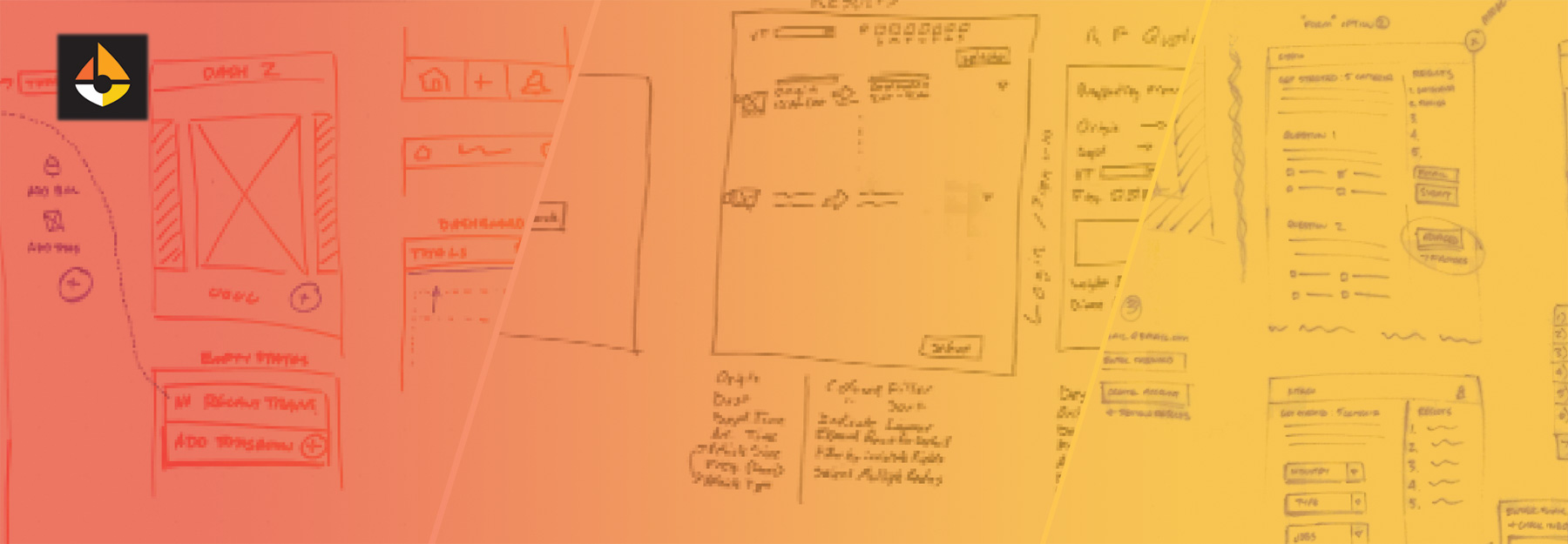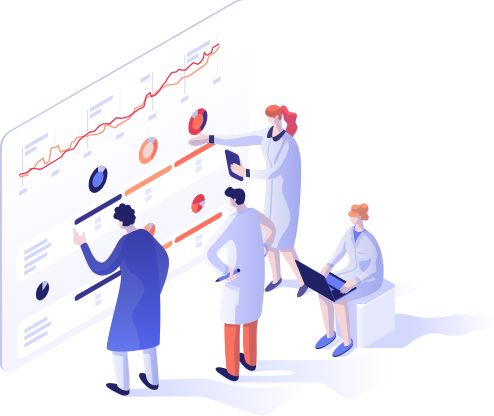When you see headlines like “Over 40% of Agentic AI Projects Will Be Canceled by End of 2027” you have to wonder whether your organization is really ready to jump into AI.
AI is here…Whether You’re Ready Depends on Your Data
When you see headlines like “Over 40% of Agentic AI Projects Will Be Canceled by End of 2027” you have to wonder whether your organization is really ready to jump into AI.
But for us at Carrollton, the question is not about whether your Company is ready, but rather whether your data is.
How Is AI Used In Effectively?
Machine learning models, especially LLMs like ChatGPT and Claude, are transforming the ways that organizations processes run in a variety of ways. They can help you figure out better future demand and optimize inventory. It can help you predict maintenance issues before they happen. Basically these amazing pattern and prediction systems can take a lot of the drudgery of data analysis and decision support and give the “good stuff” of figuring out what to do with it to humans, where it belongs.
For example, by using AI Systems to analyze historical data, future needs can be predicted more efficiently and more accurately. This can help businesses optimize inventory levels, reduce waste, and improve customer satisfaction.
But There’s the Rub…
Ok, all of this sounds great, but is your organization’s data ready to take advantage of AI? First you’ll need to get your data in order. Results from AI projects will only be as good as the data you feed to these tools. Here are five steps to put you in a position to benefit from AI:
- Understand and collect your data:
It is pointless to just layer AI on top of existing systems and hope for the best. Business problems that have been identified should be the guide. Start gathering relevant data about these problems and the data available that they rely upon. This data will come from various sources, such as internal systems, third-party providers, or public sources. But the key here is to understand and catalog what we have to work with first.
- Clean and preprocess the data:
This is the step where errors and duplicates are removed and/or missing values are added. The data should also be transformed into a format compatible with automated algorithms as much as practical.
- Categorize and Name the Data
You’ll likely want to begin your AI journey with supervised learning tasks rather than unsupervised ones. These two approaches have many differences, but the main one is that supervised learning is less complex and more accurate. So, you’ll need to label your data to help the AI algorithm learn. If you want to know how many products you ship to various types of target customers you need to know who those customers are and what characteristics define them in your systems.
- Split the data into training and testing sets:
The data should be split into training and testing sets to evaluate the performance of the model(s). The training data is used to train the model. But a different set of data is kept separately to verify what the model comes up with and to track performance. Industry averages indicaute that the training set should be larger than the testing set by a 3:1 ratio.



